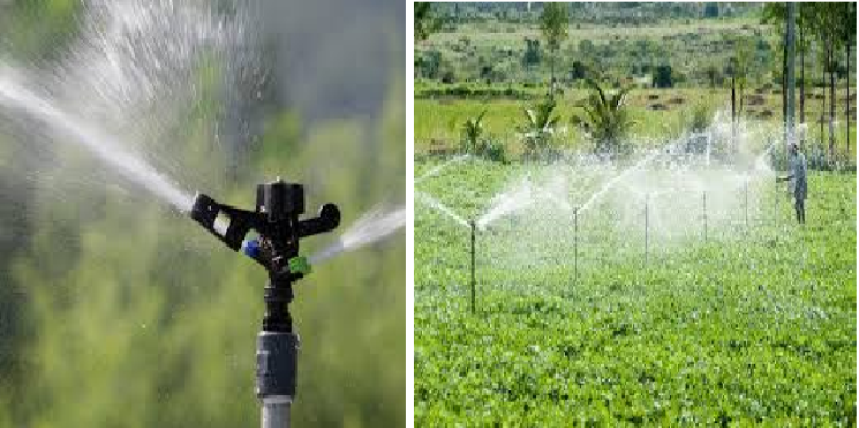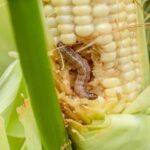Mushroom farming:Tips for profitable farming

Mushroom farming is rapidly gaining popularity as a profitable and sustainable agribusiness across Kenya and beyond. With minimal space requirements and a short production cycle, it provides farmers an opportunity to generate consistent income throughout the year.
Mushrooms are rich in nutrients, easy to grow and increasingly in demand due to their culinary and medicinal value. However, successful mushroom cultivation requires careful attention to detail from choosing the right species and preparing the growing medium to maintaining proper environmental conditions. This comprehensive guide outlines the essential steps to help you master mushroom farming and achieve healthy, high-yield harvests.
Selecting the right mushroom type
The first step in mushroom cultivation is selecting the variety that best suits your climate, resources and market demand. Commonly grown types include Oyster, Button and Shiitake mushrooms.
- Oyster mushrooms are the easiest to grow, tolerant to a wide range of conditions and ideal for beginners. They thrive on agricultural waste such as straw or sawdust and mature quickly.
- Button mushrooms are highly popular in restaurants and supermarkets but require more controlled environments, especially in terms of temperature and humidity.
- Shiitake mushrooms, known for their rich flavor and medicinal properties, prefer hardwood sawdust and slightly cooler conditions.
Choosing the right type determines your level of management, potential profit and the target market you will serve.
Preparing the Substrate
The substrate is the medium on which mushrooms grow, similar to soil for regular crops. The most commonly used materials include straw, sawdust or composted organic waste. To prevent contamination from harmful microorganisms, the substrate must be sterilized or pasteurized before inoculation.
Sterilization can be done by steaming or boiling the substrate for at least one hour. Pasteurization, on the other hand, involves heating at a lower temperature for a longer time. After cooling, the substrate should feel moist but not soggy. Proper substrate preparation is critical , it ensures that the mushroom mycelium (the root-like structure) can colonize effectively without competition from molds or bacteria.
Inoculation: Introducing the Spawn
Once the substrate is ready and cooled, it’s time for inoculation, which means adding the mushroom spawn. Spawn is the equivalent of seed in mushroom farming and can be purchased from certified suppliers. The process should be carried out in clean and sterile conditions to avoid contamination.
The spawn is evenly mixed into the substrate or layered depending on the type of mushroom and container used. Common containers include plastic bags, bottles or trays. After inoculation, seal or cover the containers to maintain humidity and protect from direct light. Cleanliness at this stage determines the success of the entire crop.
Incubation: Encouraging mycelium growth
During incubation, the inoculated substrate is placed in a dark, warm and humid room to allow the mycelium to grow and fully colonize it. The ideal temperature range is 24–28°C, with humidity kept high to encourage healthy development.
Within two to four weeks, the substrate will turn white as the mycelium spreads. The incubation area should remain undisturbed and well-ventilated but free from direct sunlight. Maintaining consistent environmental conditions during this stage ensures strong, healthy mushroom growth later on.
Fruiting: Triggering mushroom formation
After full colonization, it’s time to initiate fruiting, the stage where mushrooms actually form. To trigger this phase, the colonized substrate should be exposed to light, fresh air and slightly lower temperatures (20–25°C). Humidity should remain between 85–90% to prevent drying.
During this period, small pin-like mushrooms will begin to appear , these are called “pins” or “primordia.” Within a few days, they grow rapidly into mature mushrooms ready for harvesting. Proper ventilation is crucial during fruiting to prevent carbon dioxide buildup, which can deform the mushrooms.
Harvesting at the right time
Harvesting should be done when the mushroom caps are fully developed but before they begin to release spores. At this stage, mushrooms are at their peak freshness, texture and nutritional quality. Using clean hands or a knife, gently twist or cut the mushrooms from the base.
Harvesting should be done regularly, as mushrooms mature quickly. Depending on the type, you can expect multiple flushes (harvest rounds) from a single substrate, typically spaced a few days apart. Handle mushrooms carefully to avoid bruising and loss of quality.
Maintaining hygiene and pest control
Cleanliness is vital in mushroom farming. The growing area must be kept sterile and well-maintained to prevent molds, mites and other pests. Disinfect tools and equipment regularly and ensure workers maintain hygiene. If contamination appears, remove affected bags or trays immediately to prevent spreading. Maintaining a pest-free environment not only ensures a higher yield but also extends the lifespan of your production area.
Marketing and Storage
Fresh mushrooms are highly perishable and should be sold quickly after harvesting. Farmers can sell directly to local markets, restaurants or supermarkets. To extend shelf life, mushrooms can be dried, canned or processed into powders for soups and health supplements. Value addition not only reduces waste but also increases profit margins.
Building a brand around quality and consistency helps you attract loyal customers. As consumer awareness about nutrition and plant-based diets grows, mushroom demand continues to rise, offering farmers a lucrative opportunity.
Mushroom farming is an innovative, eco-friendly and profitable venture that requires minimal land and investment but promises high returns. Success depends on maintaining hygiene, providing the right environmental conditions and closely monitoring each stage from substrate preparation to harvest. By following these mushroom farming guidelines, you can build a sustainable agribusiness that contributes to food security and income generation while making efficient use of agricultural waste.











